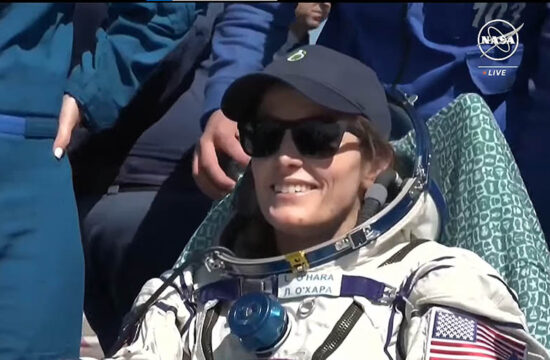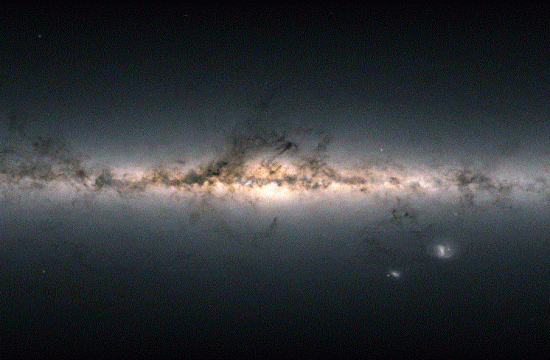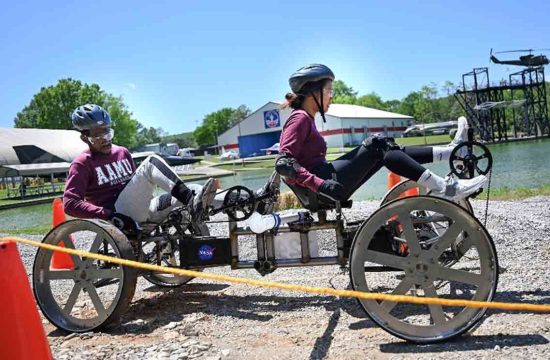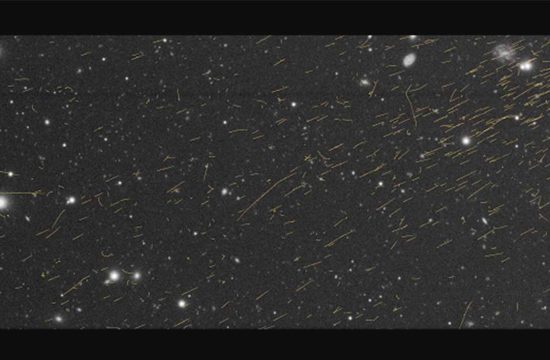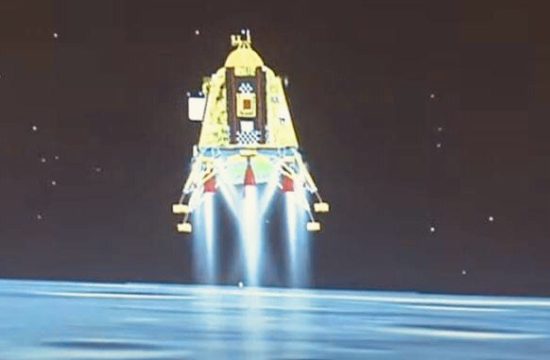For many people,outer space and agriculture do not gotogether. But Simon Gilroy, professor of botany at UW-Madison, is working to change that.
Gilroy and his team are leaders in learning how to effectively grow plants, and eventually gardens, in space. Having a sustainable, self-contained food source will allow astronauts to travel farther, as shown in the movie “The Martian.” Gilroy, who collaborates with UW-Madison’s Biotechnology Center and Madison-based Orbital Technologies Corp. and their groundbreaking product VEGGIE, says he is excited to be at “the dawn of space agriculture.”
In the microgravity experiments aboard the International Space Station, Gilroy is exploring the genetic basis of a phenomenon known to gardeners and horticulturalists for many years. Plants that grow up without mechanical stresses – due to wind, rain or other disturbances – “are much more susceptible to pests, are not as robust,” Gilroy says, “but if you go into a greenhouse and shake the plants, they grow up more compact, strong, and resistant to stress. They are even more resistant to plant diseases.”
It turns out that the same signaling system used to detect mechanical stresses like gravity is also used to defend against pathogens. That may explain why plants in space appear more prone to disease.
That overlap raises the stakes for understanding the impact of gravity on plants beyond the notion of building stronger crops that can stand up in the field. Understanding the signals could help in the never-ending battle against plant disease.
Likewise, NASA has its own practical interest in the research: Plants will supply food and oxygen for long-distance space travel, and keeping them healthy will be a matter of life and death. “If you are growing plants as part of a human life support system,” Gilroy says, “you’d rather not have them suddenly die.”




